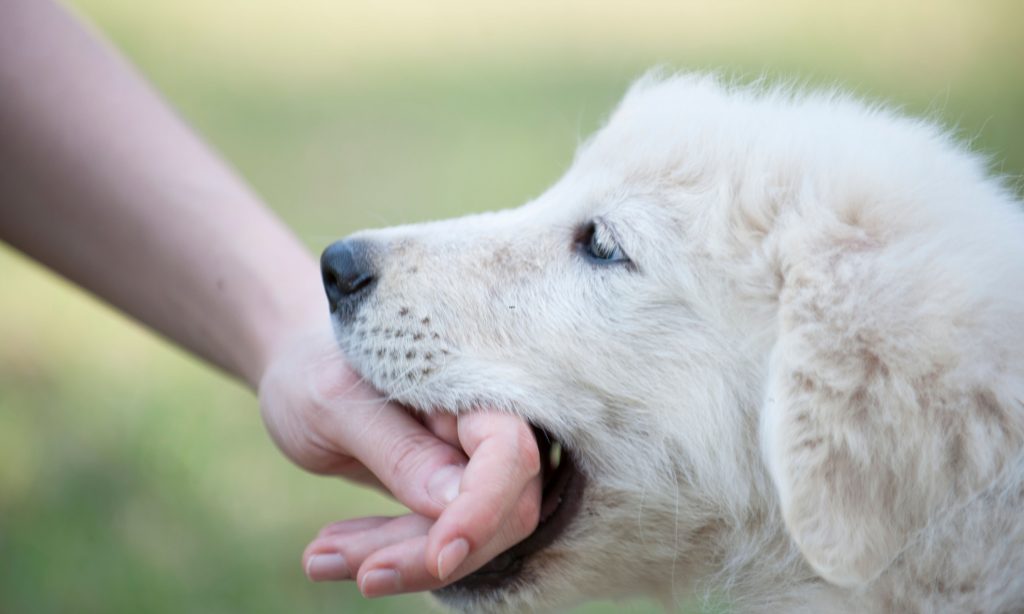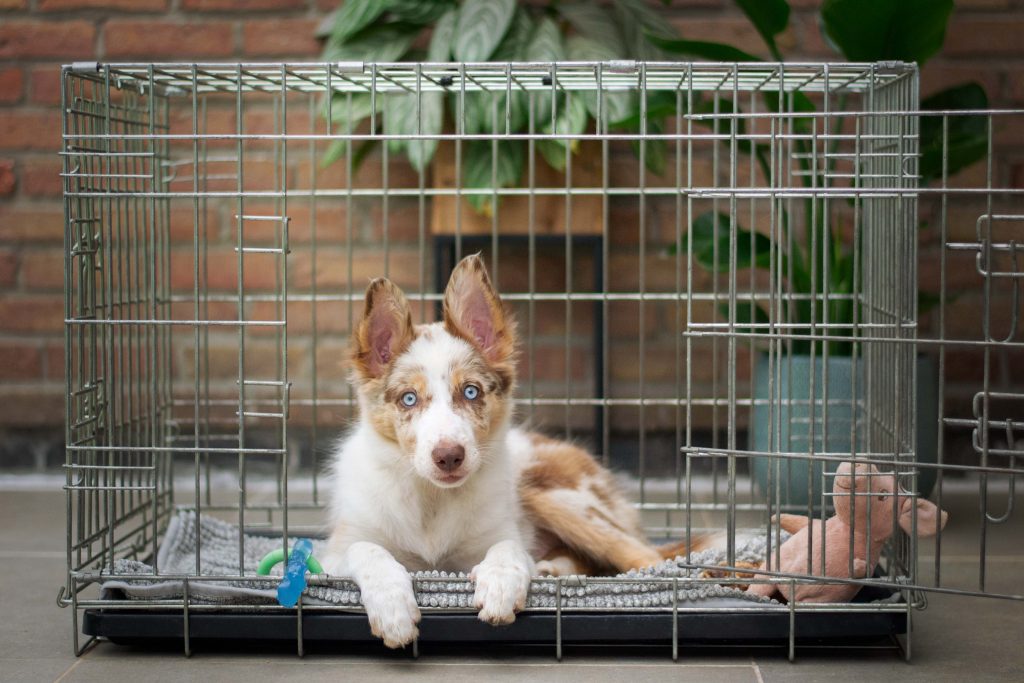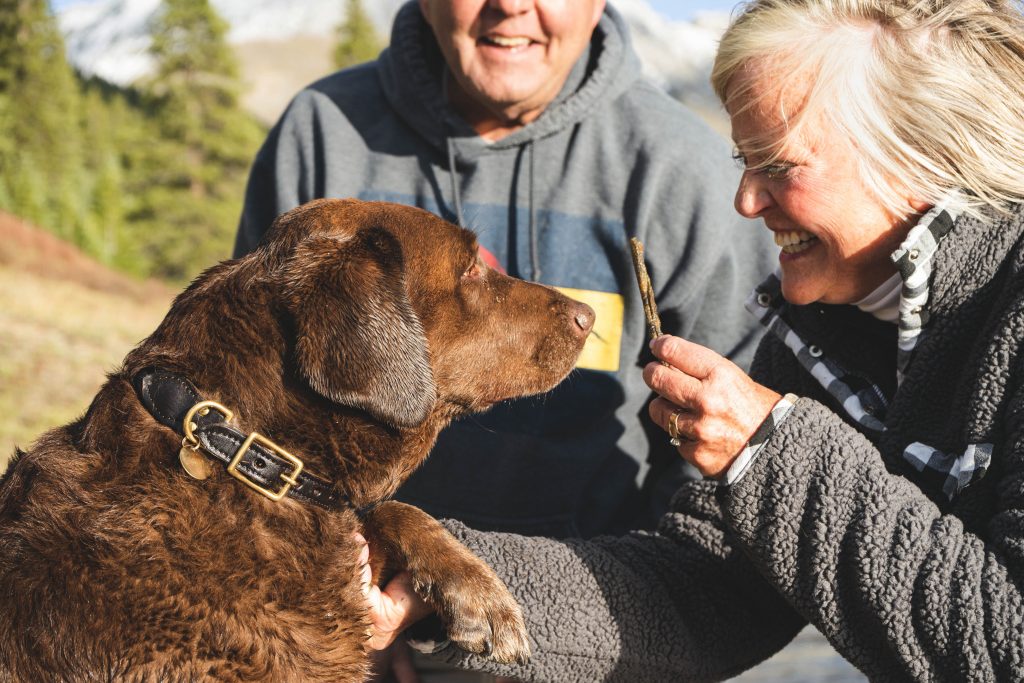The post aims to provide pet parents with a comprehensive guide on how to effectively teach their puppies the meaning of “no” using positive reinforcement techniques. The post will aim to educate readers on the importance of clear communication, consistency, and the appropriate timing of the word “no” and provide them with a step-by-step guide on how to train their puppies using positive reinforcement techniques. The ultimate goal is to persuade readers to adopt a more positive and effective approach to training their puppies and prevent unwanted behavior.

As a pet parent, it’s important to set boundaries for your puppy and teach them what is and isn’t acceptable behavior. One of the first things you’ll want to teach your new furry friend is the meaning of “no.” However, simply saying “no” to your puppy without proper training and guidance can be ineffective and can lead to confusion and mistrust. In this blog post, we will go over a step-by-step guide on how to effectively teach your puppy the meaning of “no” using positive reinforcement techniques.
Step 1: Clearly communicate:
Clearly communicate what you want your puppy to do or not to do. For example, if you don’t want your puppy to jump on the couch, clearly communicate this by saying “off” or “down” while pointing to the floor.
Step 2: When your puppy does the desired behavior:
When your puppy does the desired behavior, reward them with a treat and praise. This will help them associate the desired behavior with positive reinforcement.
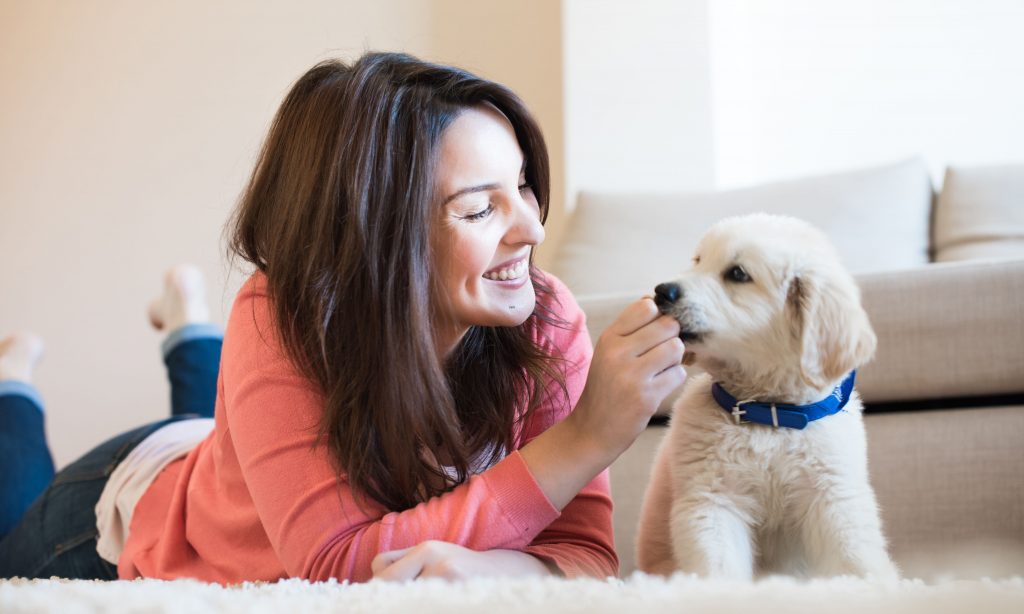
Step 3: If your puppy does not do the desired behavior:
If your puppy does not do the desired behavior, calmly and firmly say “no” and redirect them to the appropriate behavior. For example, if your puppy jumps on the couch, calmly say “no” and redirect them to a toy or to a spot on the floor where it’s okay for them to be.
Step 4: Consistency is key:
So make sure to use the same commands and rewards every time your puppy does the desired behavior or not. This will help them understand what is expected of them.
Step 5: Remember that timing is important when saying “no.”:
It’s best to say “no” as soon as the unwanted behavior occurs so that your puppy can understand the connection between the behavior and the command.
It’s also important to understand that every dog is different and may learn at a different pace, so don’t get discouraged if your puppy doesn’t understand the meaning of “no” as quickly as you would like. Be patient and consistent in your training, and remember that puppies are still learning.
It’s also important to note that saying “no” is not the only way to communicate boundaries to a puppy. You can use other commands or redirect them to appropriate behavior. With positive reinforcement techniques, you can make the learning process easy and fun for both you and your puppy.
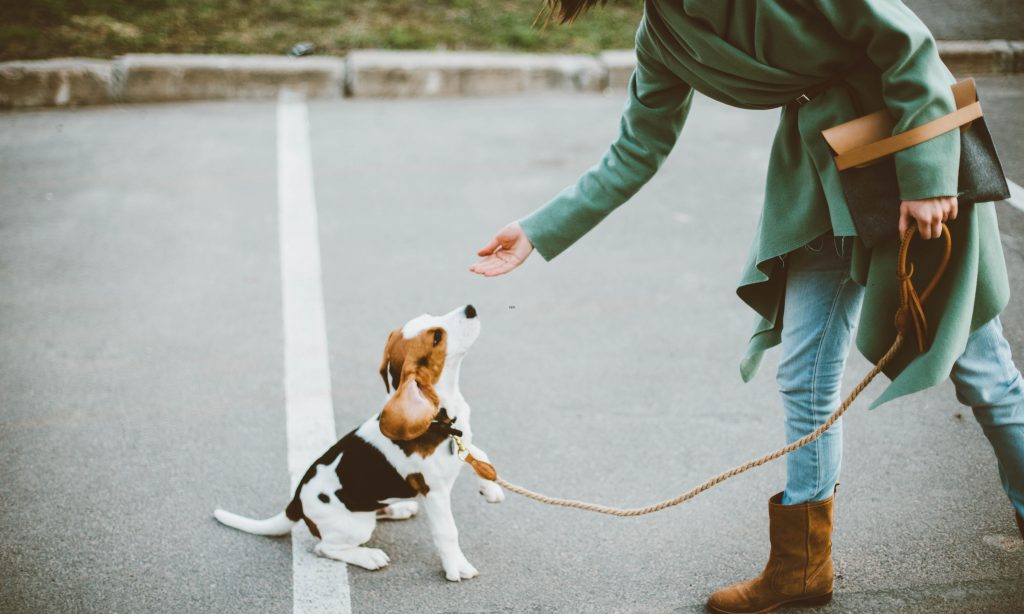
Conclusion:
Teaching a puppy the meaning of “no” is an important step in creating a healthy and happy relationship with your pet. By using positive reinforcement techniques, clear communication, consistency, and appropriate timing, you can effectively teach your puppy what is and isn’t acceptable behavior. Remember that puppies are still learning, so be patient and consistent in your training. Positive reinforcement techniques such as rewarding good behavior and redirecting unwanted behavior will help your puppy understand what is expected of them and create a strong bond between you and your furry companion.
If you have any questions or concerns about your puppy’s behavior, visit our website and chat with us. We are here to provide you with the tools and resources you need to have a well-trained and happy dog. Teaching a puppy the meaning of “no” is an essential step in creating a healthy and happy relationship with your pet, and it’s an important step to preventing unwanted behavior in the future.

Frequently Asked Questions:
How can I effectively teach my puppy the meaning of “no”?
Effectively teaching your puppy the meaning of “no” involves using positive reinforcement techniques, clear communication, consistency, and appropriate timing. Reward your puppy for good behavior, redirect them to appropriate behavior when they engage in unwanted behavior, use the same commands consistently and say “no” as soon as the unwanted behavior occurs.
Is it important to use positive reinforcement when teaching a puppy “no”?
Yes, it is important to use positive reinforcement when teaching a puppy “no.” Positive reinforcement techniques such as rewarding good behavior and redirecting unwanted behavior will help your puppy understand what is expected of them and create a strong bond between you and your furry companion.
My puppy still doesn’t understand the meaning of “no” even though I’ve been using positive reinforcement techniques, what should I do?
Remember that every puppy is different and may learn at different pace, so don’t get discouraged if your puppy doesn’t understand the meaning of “no” as quickly as you would like. Be patient and consistent in your training. It’s also possible that you might need to use different techniques or try other ways of communicating boundaries to your puppy.
Is it okay to say “no” in a loud or harsh tone?
No, it’s not recommended to say “no” in a loud or harsh tone as it can cause fear and anxiety in your puppy. It’s better to say “no” in a calm and firm tone and redirect them to an appropriate behavior.
Can I use other commands instead of “no” to communicate boundaries to my puppy?
Yes, you can use other commands or redirect your puppy to an appropriate behavior instead of using “no”. The most important thing is to be clear, consistent and use positive reinforcement techniques.
How do I know if my puppy understands the meaning of “no”?
You will know if your puppy understands the meaning of “no” when they respond to the command consistently and engage in the desired behavior. If your puppy is still engaging in unwanted behavior, it may mean that they still don’t understand the command or that you need to be more consistent in your training.

